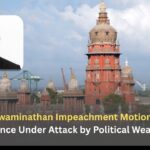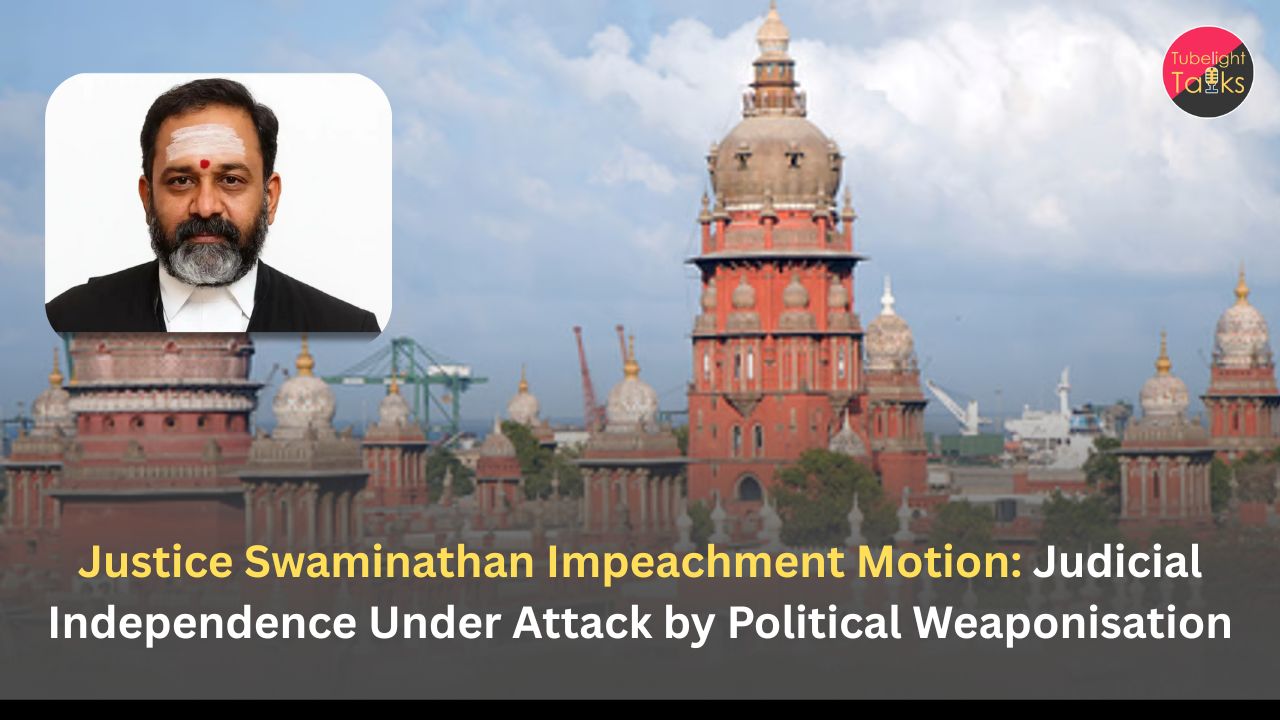Penny Wong’s Delhi Arrival: Australian Foreign Minister Penny Wong arrived in New Delhi with a clear mission to fortify the already dynamic relationship between India and Australia. This visit marks her 26th engagement with India’s External Affairs Minister, Dr. S Jaishankar, co-chairing the 16th edition of the Australia-India Foreign Ministers’ Framework Dialogue. The meeting reaffirms both countries’ commitment to a Comprehensive Strategic Partnership focused on shared prosperity, peace, and security within the Indo-Pacific region.
India-Australia Partnership: A Strategic and Multi-Dimensional Alliance
Strengthening Ties Across Multiple Sectors
The discussions between Wong and Jaishankar are expected to cover a broad array of priority areas including advanced technologies like cyber and space, maritime security, trade expansion, defence coordination, and cultural and sporting exchanges. This reflects how the partnership has evolved beyond conventional diplomacy into a multi-sectoral cooperative framework designed to address contemporary global challenges and future opportunities.
Trade and Economic Resilience
Enhancing bilateral trade remains a top priority, especially in building on the success of the Economic Cooperation and Trade Agreement implemented in 2022. Both countries aim to accelerate progress toward a $100 billion trade target by 2030. Recent meetings have emphasized removing trade barriers and boosting cooperation in critical sectors such as pharmaceuticals, minerals, education, and tourism.
Regional Security and Shared Vision for Indo-Pacific Stability
Coordinated Approach on Security
India and Australia share strategic concerns regarding the evolving geopolitical dynamics in the Indo-Pacific. The Foreign Ministers’ dialogue seeks to deepen collaboration on maritime domain awareness, counterterrorism, cyber defence, and joint military exercises to ensure a stable rules-based order supportive of peace and prosperity.
Multilateral Cooperation
Besides bilateral efforts, both nations work closely in multilateral forums like the Quadrilateral Security Dialogue (Quad) and regional groupings to promote democratic values and counter threats to regional security. The dialogue reinforces their shared stance against coercion and support for an open, inclusive Indo-Pacific.
People-to-People Connections: The Heart of Bilateral Relations
Educational and Cultural Exchanges
Significant attention is paid to strengthening ties through student exchange programs, cultural linkages, and tourism. With a growing Indian student population in Australia, initiatives are underway to enhance skill development and research collaboration, reinforcing the vibrant social fabric linking the two countries.
Sports and Youth Engagement
Sports diplomacy, including joint events and youth-focused exchanges, also features prominently as a means to build mutual understanding and friendship between the peoples beyond government channels.
Cooperative Harmony and Truthful Partnerships
In a time marked by complex global challenges and shifting alliances, the wisdom of Sant Rampal Ji Maharaj’s Satgyan offers invaluable guidance. Satgyan advocates for relationships built on truth, mutual respect, and righteousness—principles vital for fostering enduring partnerships like that of India and Australia.
When nations collaborate transparently and sincerely, it creates a foundation of peace and prosperity not just bilaterally, but for the entire region. Through Satgyan’s lens, diplomatic efforts should always emphasize honest dialogue, shared values, and collective well-being for long-lasting success.
Key Facts
- Penny Wong’s visit marks her 26th high-level engagement with External Affairs Minister Dr. S Jaishankar.
- The 16th Foreign Ministers’ Framework Dialogue focuses on bolstering cooperation across security, trade, technology, and people-to-people ties.
- India and Australia aim to increase bilateral trade to $100 billion by 2030.
- Strategic areas include cyber security, maritime domain, defence exercises, and multilateral coordination.
- Educational collaboration and cultural exchange programs remain pivotal in strengthening societal bonds.
- Both countries are committed to maintaining a stable and peaceful Indo-Pacific region amid emerging geopolitical shifts.
Expert Insights on the Visit
Diplomatic Analysts
Experts view this visit as a continuation and deepening of the Comprehensive Strategic Partnership, highlighting the maturity of India-Australia relations. They assert that ongoing talks are critical for addressing emerging technologies, supply chain resilience, and regional security challenges.
Economic and Trade Specialists
Trade professionals emphasize the importance of removing barriers and capitalizing on untapped sectors during this dialogue to approach ambitious economic targets. The partnership is regarded as a blueprint for successful collaboration between two large democracies with complementary economies.
Future Path and Outcomes
Agenda for Growth and Resilience
The outcomes of the dialogue are expected to set the tone for future cooperation frameworks, focusing on sustainable growth, innovation, and defence readiness. Both nations stand ready to work jointly on emerging issues such as climate change impact mitigation and digital trade facilitation.
Continued Engagement and Public Diplomacy
Regular high-level interactions and increasing people-to-people engagement remain key components to ensure the partnership adapts dynamically to new challenges and opportunities.
Also Read: India–New Zealand Conclude 4th Round of Free Trade Agreement Negotiations
FAQs: Penny Wong’s Delhi Arrival and India-Australia Ties
1. Why is Penny Wong visiting New Delhi?
To co-chair the 16th Australia-India Foreign Ministers’ Dialogue and strengthen bilateral cooperation.
2. What are the main topics?
Trade, maritime security, cyber technology, defence, education, and people-to-people ties.
3. How significant is the India-Australia relationship?
It is a Comprehensive Strategic Partnership crucial for regional stability and economic growth.
4. What outcomes are expected from this visit?
Enhanced cooperation frameworks and setting ambitious future agendas.
5. How often do these dialogues occur?
They are held regularly to maintain momentum and address evolving challenges.










